Gratitude is a beautiful and essential value that we believe should be nurtured from a young age. Teaching gratitude to elementary students not only helps them develop into kind and empathetic individuals but also fosters a positive classroom environment. In this blog post, we'll explore what gratitude is and provide you with five engaging gratitude activities designed for students in K-6 classrooms. The best part? There is almost zero prep involved, but the impact will be long-lasting.
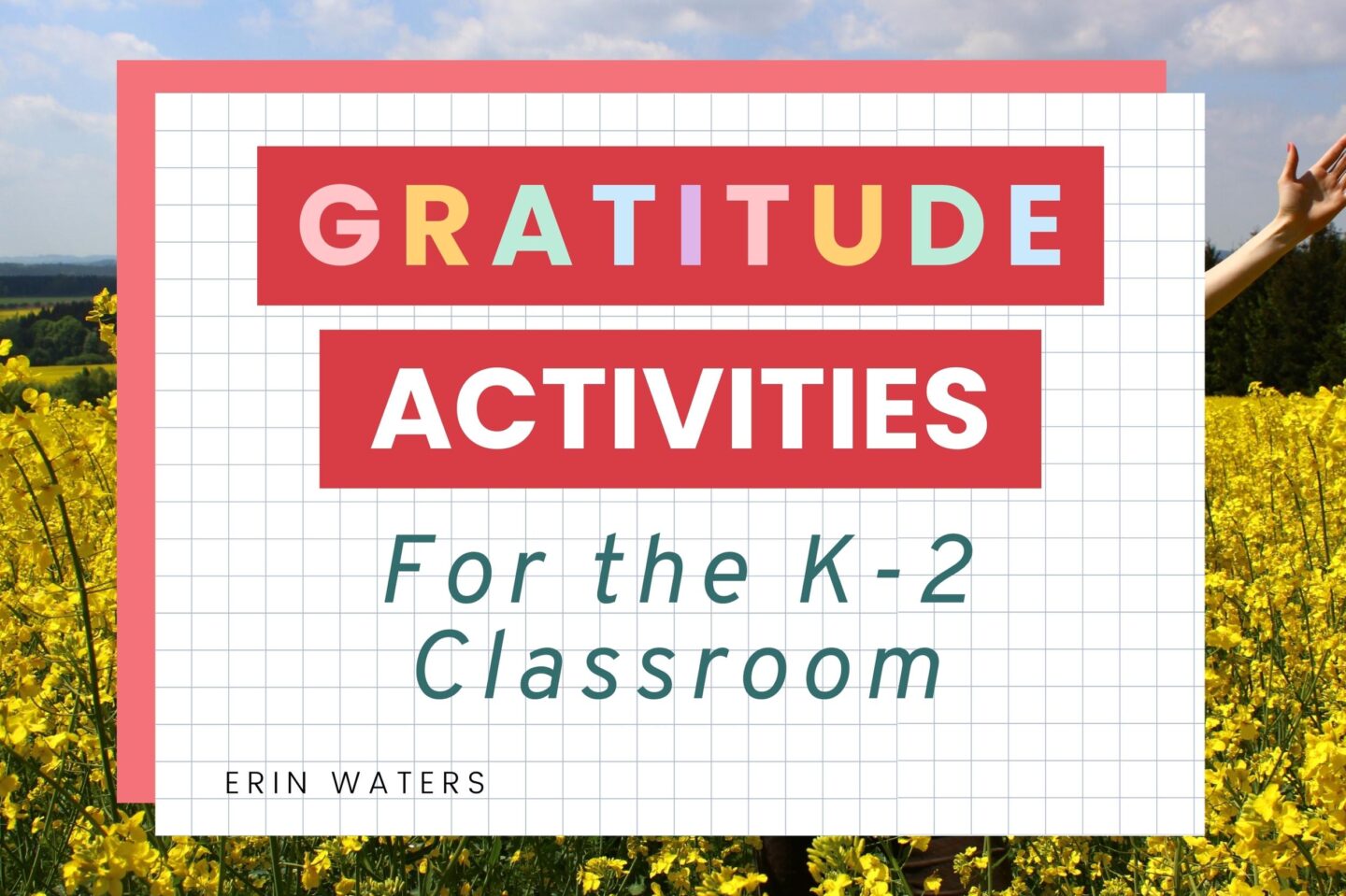
What is Gratitude?
Before we dive into the activities, it's essential to ensure that our young learners understand what gratitude means. Here are three kid-friendly definitions to help you explain this concept:
- Gratitude is like saying ‘Thank You': Just like when you say thank you for a gift or a kind gesture, gratitude is all about appreciating and acknowledging the good things in our lives. For example, if someone shares their crayons with you, you can say, “Thank you! I'm grateful for your crayons.”
- Gratitude is a feeling of joy and warmth in your heart: It's that happy feeling you get when someone does something nice for you or when something good happens, and you want to share that happiness with others. For instance, if your friend helps you tie your shoelaces, it can make you feel all warm and happy inside.
- Gratitude is a magical power: It's like a superpower that makes you feel happy, and when you share it with others, it can make their day brighter too! Imagine if you thank your teacher for teaching you something new. They will pass that happiness on to someone else by showing gratitude for something they have. It's like sprinkling happiness everywhere!
Now that your students have a better understanding of gratitude, let's jump into the gratitude activities with more specific examples!
Daily Gratitude Activities
The Gratitude Chain
Create a Gratitude Chain where students can pull off one link per day. Each link can either contain a gratitude prompt for students to orally respond to daily or prewritten links that each have something a different child is grateful for. For instance, one link might say, “I'm grateful for my family,” and another might say, “I'm thankful for my favorite book.” This encourages students to share their daily gratitude and appreciate the special moments in their lives.
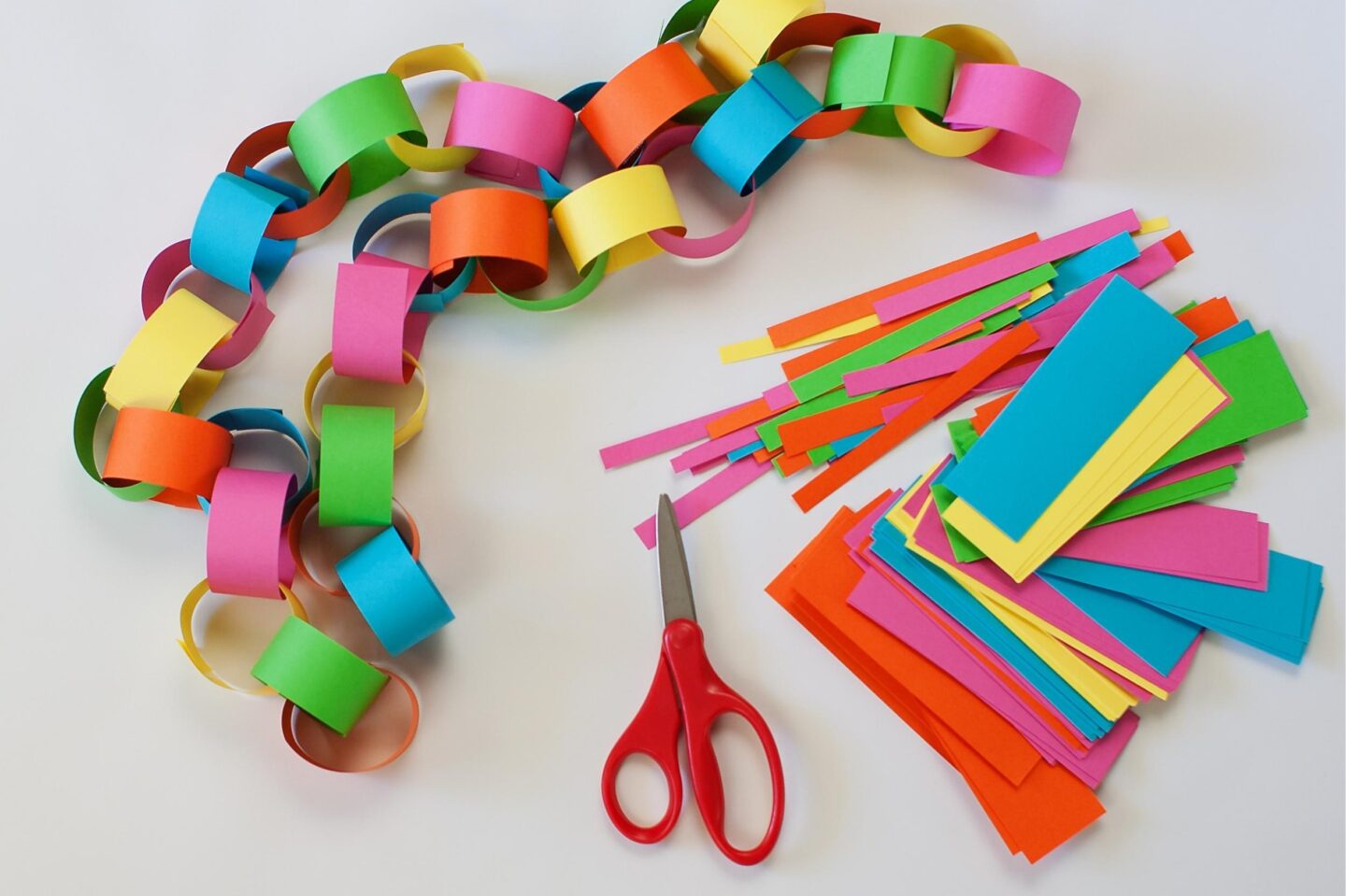
1-Minute “Gratitude Gift” Thought
During your morning meetings, introduce the “Gratitude Gift” thought. Have students put something small in their palm, like a pebble or a small toy, close it tightly, hold it to their heart, and say thanks with all their might for one minute. For example, a student might hold a small heart-shaped rock and say, “Thank you for my family, my pet, and the yummy breakfast I had.”
Don't want to mess with small objects? No problem. Ask students to imagine the tiny object they are “holding.”
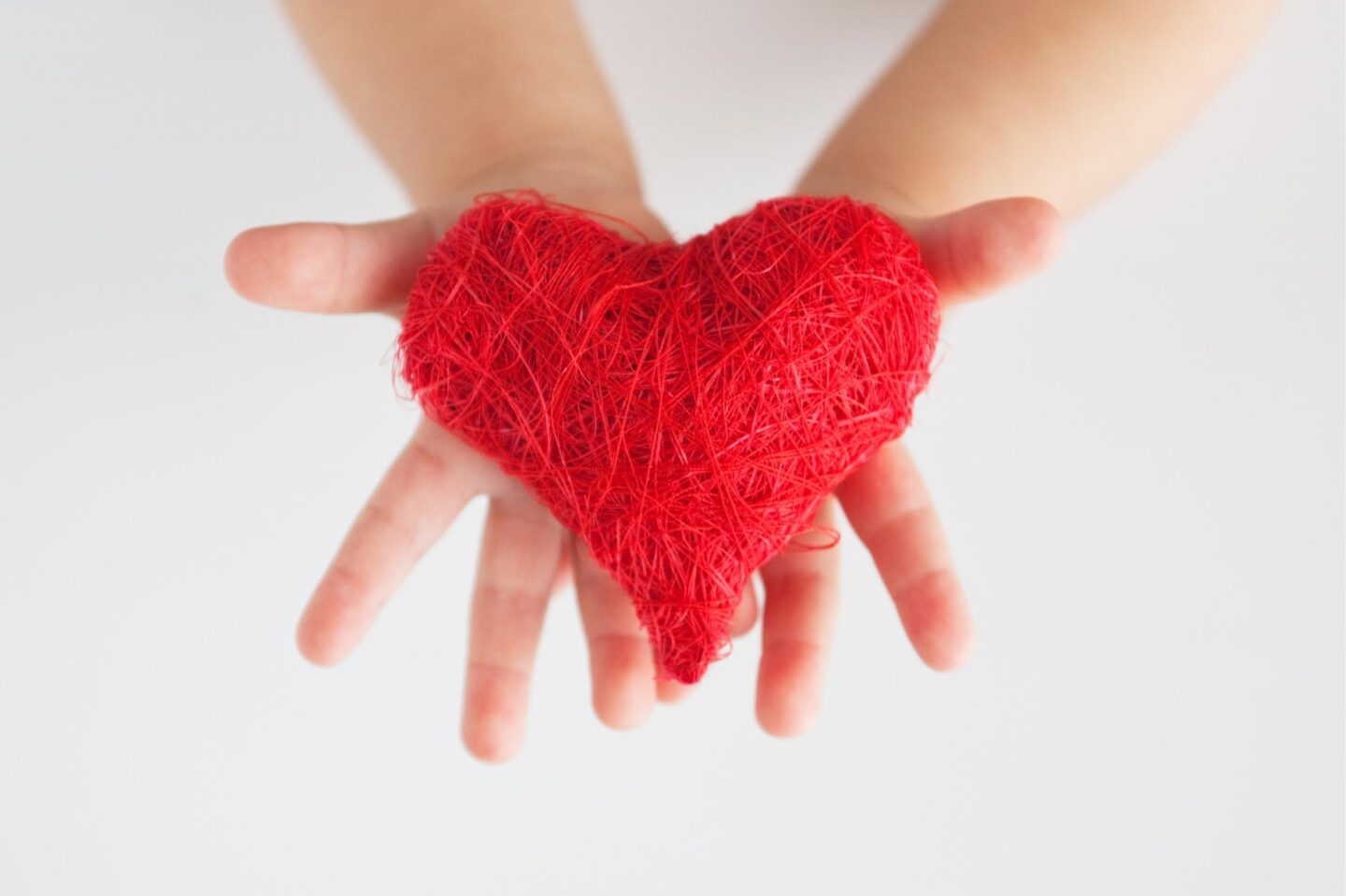
Gratitude Activities With Writing
Gratitude Journal Prompts
Utilize whiteboard prompts that can be projected for all to see. For example, a prompt might be, “What are three things you're grateful for today?” Students can respond in their spiral notebooks, writing down things like “I'm grateful for my friends, my cozy bed, and the delicious lunch my mom packed for me.” Students will illustrate the prompts.
Bonus: They can also be recorded in a small, stapled set of pages that the student can title “My Gratitude Journal” and use the entire month of November.
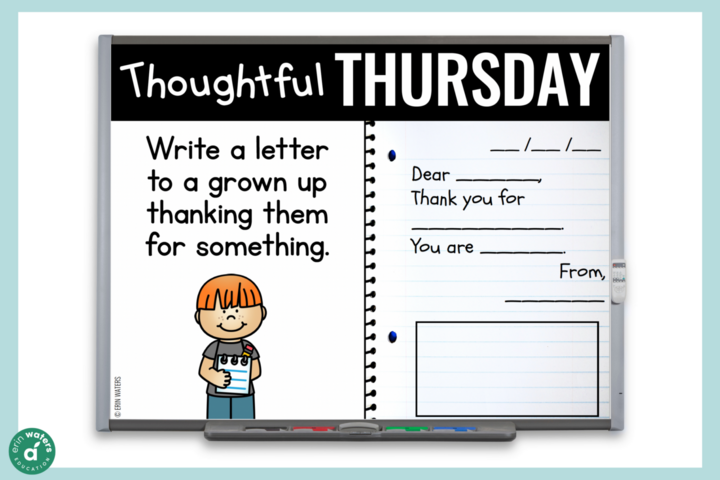
You can download this paperless prompt in my seasonal sampler pack (get it free below!)
More Gratitude Activities
Different Ways to Say Thank You
Explore different ways to say thank you in English and languages around the world. Discuss not only the words but also the various ways people show gratitude. For example, you can teach them to say “Arigatou” in Japanese or “Gracias” in Spanish. Show them gestures like bowing, giving a thumbs up, or even a friendly smile to express gratitude.
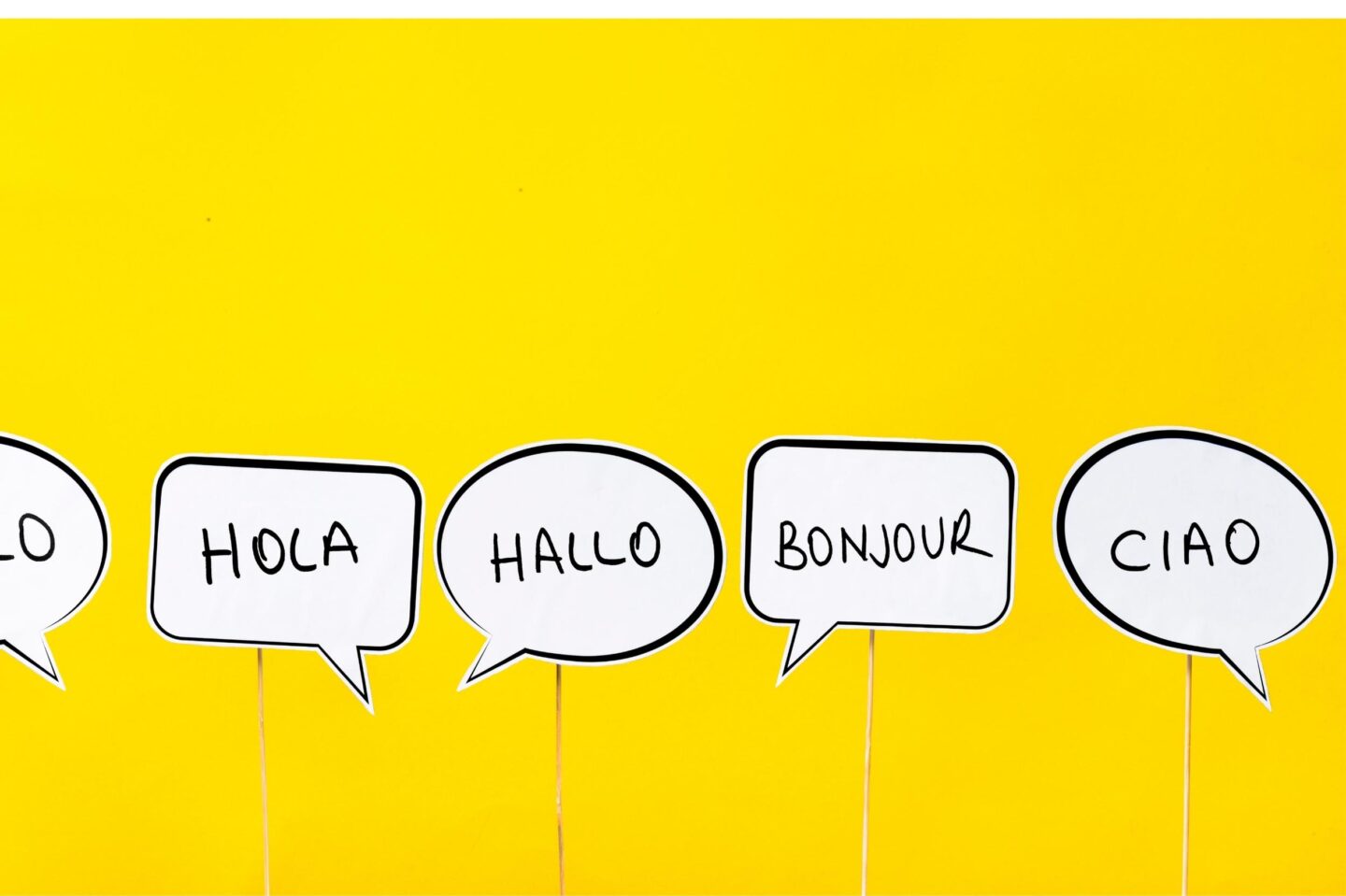
What Gratitude Looks, Feels, Sounds, Tastes, and Smells Like
Engage the senses by discussing what gratitude looks like, feels like, sounds like, tastes like, and smells like. For example, gratitude might “look like a big smile on your face,” “feel like a warm hug from a friend,” “sound like happy laughter,” “taste like your favorite dessert,” and “smell like fresh flowers in the garden.” Encourage students to share their own sensory experiences of gratitude.
Teaching gratitude to elementary students is an invaluable lesson that goes beyond the classroom. It helps them become more empathetic and compassionate individuals. These five gratitude activities, with specific examples, can create a positive and supportive classroom environment while instilling the virtues of thankfulness in our young learners. If you're interested in implementing these activities in your classroom, don't forget to download our free resource to get started today. Let's spread the power of gratitude together!
Interested in more November themes in the classroom? Check out these resources:
November Knockout Games
November Writing Prompts (there's a blog post about these here)
Finally, here is a list of books to read aloud to teach about gratitude in your classroom.
I'm grateful to you for reading this post 🙂


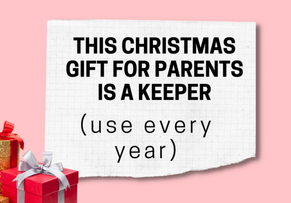



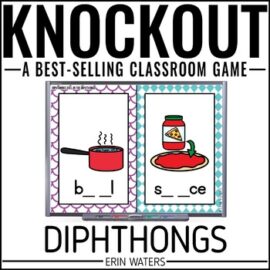
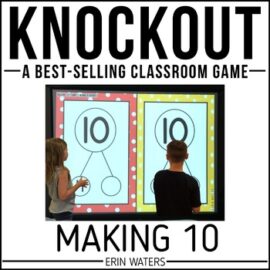
 Arm you with high-quality tools: Sleep peacefully at night knowing you’re doing what’s best for your students.
Arm you with high-quality tools: Sleep peacefully at night knowing you’re doing what’s best for your students. Save your energy: Provide resources that cost you little energy (that stuff is precious)---but have high impact on your students.
Save your energy: Provide resources that cost you little energy (that stuff is precious)---but have high impact on your students. Light your spark: Putting fun back into your classroom after the hardest teaching years can be just what you and your students need.
Light your spark: Putting fun back into your classroom after the hardest teaching years can be just what you and your students need.
Leave a Comment